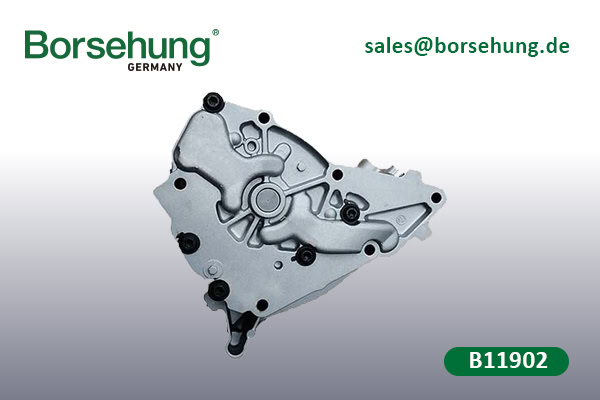Oil pump leakage is one of the common faults of an engine. If obvious oil stain in the oil sump area or abnormal increase in oil consumption is discovered, there is probably a problem with the oil pump or its surrounding seals. Failure to handle it in time can lead to oil loss, insufficient lubrication, severe engine wear and even scrapping.
Common oil pump leakage locations and causes
Seal damage or aging
Oil leakage location: The connection between the pump body and the engine cylinder block and the joint surface between the pump body and the cover plate.
Reason: High temperature causes rubber seals to harden, deform, or break.
Sealing failure of pressure limiting valve
Oil leakage location: pressure limiting valve bolt on the side of the oil pump or the valve body
Reason: Aging of the valve body O-ring or damage to the bolt gasket causes high-pressure oil to leak out.
Cracks or sand holes in the pump body
Oil leakage location: Surface of the pump shell (often seen in low-quality parts or after accident or collision).
Reason: Material defects or external impact can damage the shell.
Loose joint of oil suction pipe (collection filter)
Oil leakage location: Oil suction pipe flange connecting the oil pump
Reason: Loose fixing bolt or loose sealing ring.

How to prevent oil pump leakage
Regular replacement of engine oil and filter element: Impurities can accelerate the aging of seals (recommended maintenance cycle: every 5,000-10,000 kilometers).
Avoiding long-term high-load operation: High temperatures can accelerate the hardening of rubber seals (such as due to long-term climbing and rough driving).
Standard operation during maintenance: When installing the oil pump, tighten the bolts according to the torque given in the maintenance manual. Excessive force may cause fracture of the pump body.

